Still the Water: Interview with director Naomi Kawase
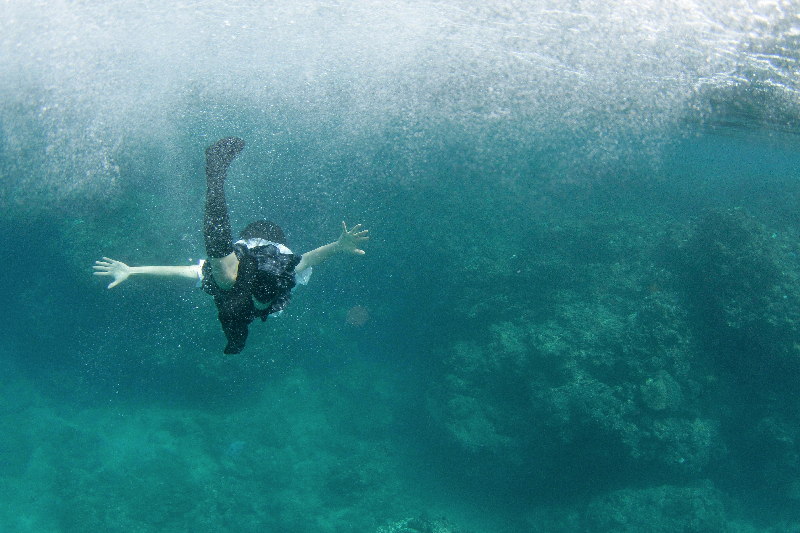
Still the Water is the latest work of Japanese director Naomi Kawase, presented this year at Cannes Film Festival in competition.
Although Still the Water is a fiction, the film has an enlightening documentary aspect about the spiritual life and rites of the inhabitants of Amami islands. Why did you choose to shoot your film in this specific unknown, remote place?
The island of Amami-Oshima is where my ancestors had lived. It wasn’t until about ten years ago that I first came to know about this family history. And my first visit was in the year 2008. Ever since then, I was determined to shoot a film there. In this sense, I could say it took about six whole years for this film in developing, preparing, and finally completing it. Since the very beginning of it all, my feeling for this island has always stayed closely within my heart.
Up until then I was always based in Nara to shoot all my films, but having the death of my foster mother, who served as my link and attachment to Nara, as a turning point, I started preparing for real and more deeply to shoot the film in Amami.
As you say, there are particular and unique customs and rites of the islanders such as the Yuta Gods’ practice and the traditional dances like the August Dance. Also, the island has and is surrounded by its rich nature of the sea and the forests. What I was so convinced in making of this film from the beginning was that capturing these elements of the island that are all so overwhelmingly powerful and letting them exist realistically as they are on screen will create the strong basis of this film. I was convinced of this because I found so many elements that we, human, will be fascinated about in the life on the island.
Would you describe Still the Water as a continuation of the themes explored in your previous films?
Yes, for sure. The themes such as life and death, symbiosis between humans and nature, the memories of a place, the cycle of life that comes and goes one generation aſter another; these are present in my previous films as well as in this film. However, speaking of this film particularly, it was different in the sense that I found myself having almost no desire to force or control over something during the production. I never felt like “this has to be this way” or “I want this no matter what”. For some reason, this peaceful state of mind came down to me, calmly assuring me what we need will come down to us naturally as well.
The story is a very moving tale of coming of age with very subtle relationships between the characters. What main issues do Kaito and Kyoko have to face?
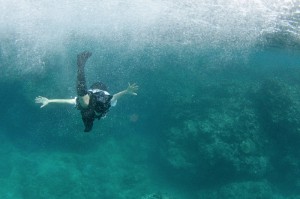 If I put it very simply, maybe it’s their challenge to have their mind to believe in the world they exist in.
We humans have made countless number of horrible mistakes in the past. I feel they’re the results of the fact that some of us have lost or forgotten the mind to believe in our world. People in the past had always left their messages to us as the people in the future not to repeat the same mistakes through the art of writing, paintings, music, and so on. However, thoughtless human beings, including myself, still keep making the same mistakes.
If I put it very simply, maybe it’s their challenge to have their mind to believe in the world they exist in.
We humans have made countless number of horrible mistakes in the past. I feel they’re the results of the fact that some of us have lost or forgotten the mind to believe in our world. People in the past had always left their messages to us as the people in the future not to repeat the same mistakes through the art of writing, paintings, music, and so on. However, thoughtless human beings, including myself, still keep making the same mistakes.
This is my wish and hope for the future that I tried to reflect and pass onto these two characters as the “new people“ in the next generation, who are both in the transitional process from being a child to an adult. Learning how to accept the others, engraving the sorrow of life on our memories, but still possessing the mind to believe in this world as something irreplaceably beautiful. When human beings can do this, I believe we can elevate ourselves to live in the higher world we have not yet experienced. I question and wonder, as a person given my life to live in this time, if we are tested on what path we choose to take at the crossroad we face as human.
How did you cast the main characters of the film? Are there many non professional actors among the cast?
People oſten talk about how I cast non-professional actors in my films, but for this film, most of the actors are professionals. As for the two young main characters (Kyoko and Kaito), we did auditions and selected them; however they were both inexperienced, especially Kaito, who never had acted before. What was crucially important in casting these two characters was their presence that could match with the overwhelmingly strong presence of the nature in Amami. They pulled the task and actually went beyond what I was expecting.
For their parents, I casted the professional actors and actresses that I’d been interested in. Fujio Tokita, who played the role of Kamejiro, stayed in the island during the whole duration of shooting, even though he didn’t have many scenes to be filmed. He spent days, picking up trash and fishing by the seashore, just like Kamejiro does in the film. He blended himself so naturally to the life on the island, that some tourists even came up to him one time and asked about the best spots for fishing on the island. He was casted in many films including Akira Kurosawa’s but he’s also one of the most well known voice actors for animations in Japan.
Under which circumstances did you manage to shoot the typhoon?
We were told the year we filmed (2013) was an unusual year to have many typhoons hitting the island one aſter another. During the month of October, usually the island rarely has a typhoon, but somehow, as if it was meant for us to film it, the typhoon approached us right when we were there. The fact we could film the violent waves of the real typhoon was miraculous, as if it was almost something bestowed on us from up above. So the whole crew prepared fully to shoot in the hard rains and winds and pulled off the difficult shoot.
To what extent are some scenes improvised?
We had the screenplay to follow and we filmed in the exact order of the scenes that appeared in the script. Among those improvised we had the scenes such as the one for the August Dancing, the Yuta God, the death of Isa, and the typhoon. Also the scene in the beginning of the film where people gather at the crime scene by the seashore, and the classroom that comes right aſter, were also improvised without being given any script. Similarly, for the two scenes with the goats being killed, the actors knew the main flow of the scenes, but the camera movements and the acting were improvisational as well. So in this sense, maybe I can say half of the film was improvisational.
The editorial unit
Read more coverage of Cannes Film Festival 2014 here.
For further information about the festival, visit the official website here.

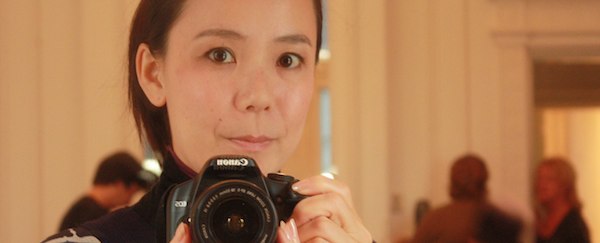
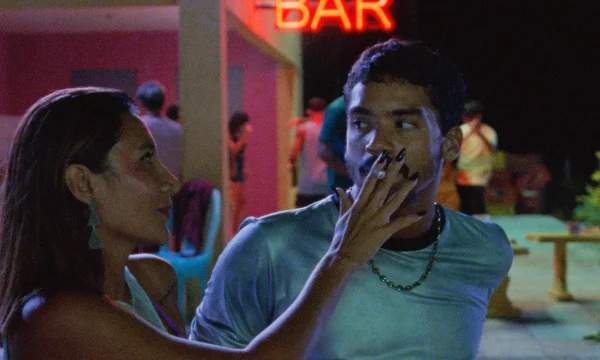
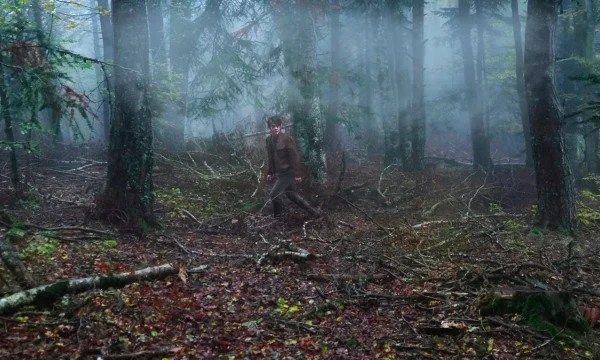
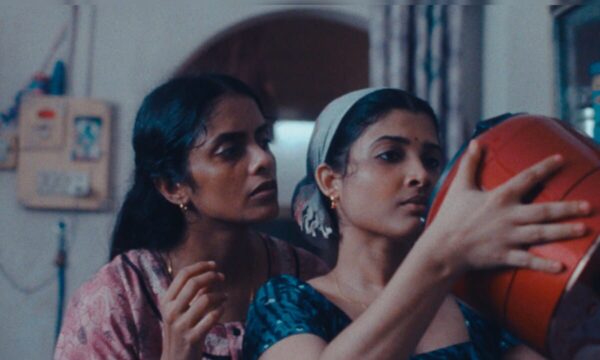
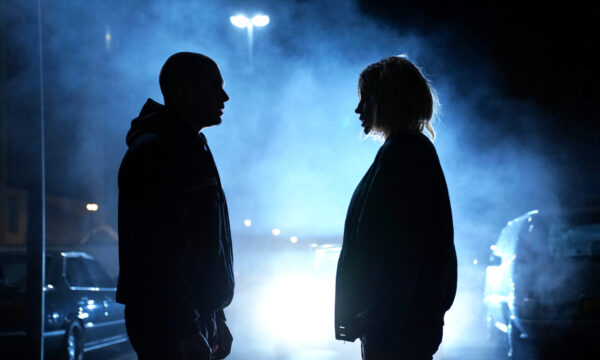
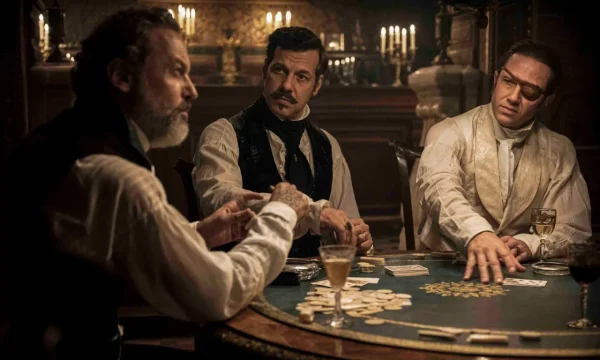
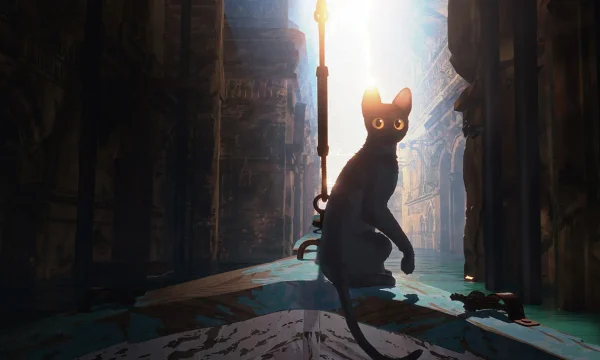
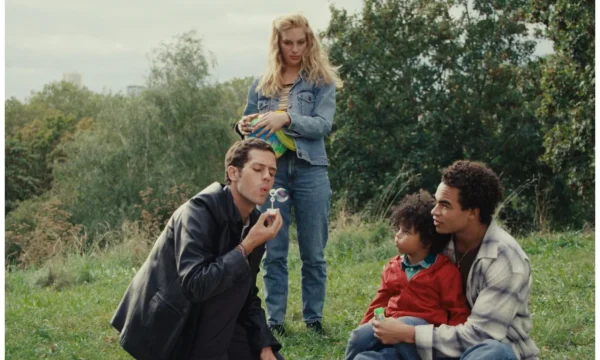
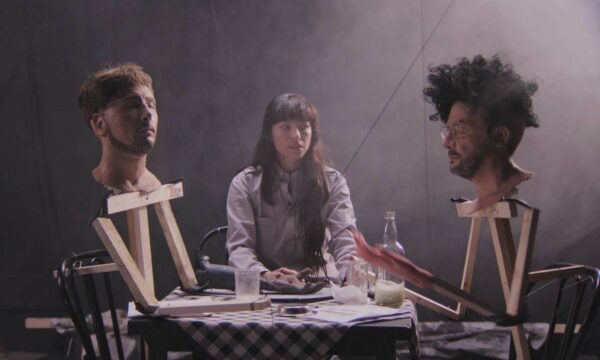
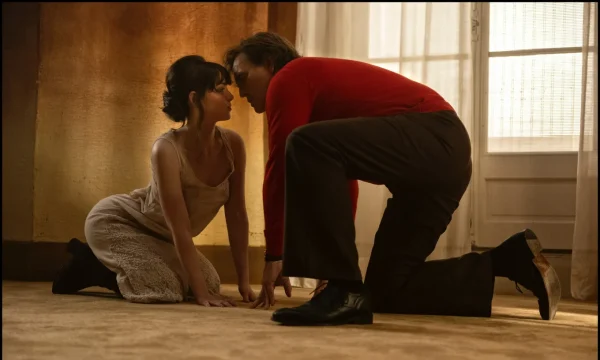







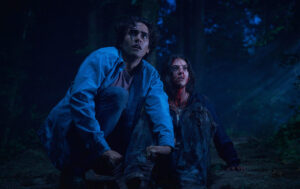



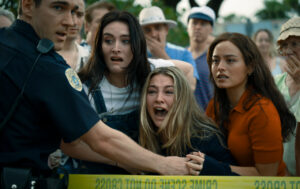
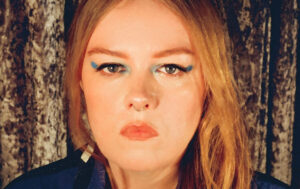
Facebook
Twitter
Instagram
YouTube
RSS